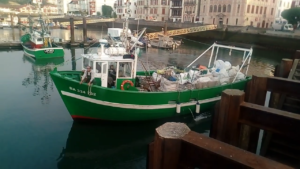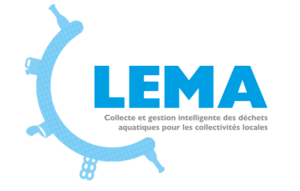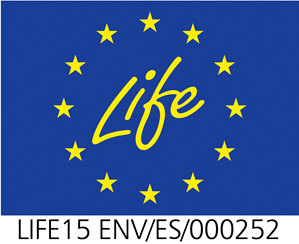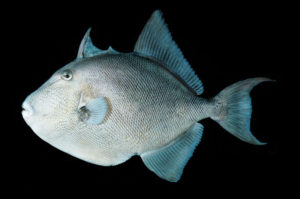En 6 jours, du 18 au 23 mai 2018, le navire Itsas Belarra a pêché 4000 kg de déchets aquatiques flottants entre Bidart et Saint-Jean-de-Luz. 35 gros sacs remplis de ces déchets ont été ramenés au port par le navire.

Le navire Itsas Belarra dans le port de Saint-Jean-de-Luz.
Cette opération de ramassage des déchets au large de la côte basque est commanditée par le syndicat mixte Kosta Garbia. L’action se déroule tous les ans entre le 1er mai et fin septembre. Les pêcheurs de l’Itsas Belarra précisent que les courants marins, au large, couplés au vent d’Est, peuvent expliquer la quantité très importante de déchets aquatiques flottants récupérée.
Les pêcheur ont par ailleurs observé une importante augmentation de la population de Balistes polylepsis conjointement au phénomène d’arrivage massif de déchets aquatiques flottants.




Il faut que les consommateurs se responsabilisent dans leur consommation, notamment de plastique.
Reste, qu’on se demande d’où viennent tous ces déchets qui doivent pour la plupart être mis à la poubelle. Mauvaise gestion politique des poubelles?
Enfin les politiques doivent trouver des solutions pour ramasser les déchets dans l’Ocean.
C’est le Pays Basque qu’on assassine.
Biarritz, ville qui se veut classe a maintenant des plages dépotoirs, oui?
First of all, thank you for your comment and support.
On the one hand, you are totally right, humans are the only responsible for this situation and that is why we need to generate less waste by reducing the use of plastic in general. It is easier than we think, only by using clothing bags instead of plastic bags we would reduce a very high percentage of this type of waste.
On the other hand, it is very difficult to determine which is the origin of marine litter. We know the 80% of the waste comes from land and only the 20% is generated in the sea, but due to the marine currents these residues may come from different places around the world.
In Life LEMA we try to reduce this problem with the help of different monitorizing and detection technologies as well as the several vessels that go out to « fish » marine litter (one of them sails from Biarritz). Nevertheless, it is important to know that this is not the solution of the issue, we are only a strip to the real problem and society is the only one who can truly make a difference by raising awareness of marine litter.
Best regards,
Life LEMA team.
Vu l’état de l Océan, pourquoi:
1) 1 seul bateau
2) ramasser qu en été alors que ça doit être fait toute l’année.
Merci de votre réponse
Thanks a lot for your interest in the project.
In relation to your question, we inform you that the Life LEMA project currently has two big ships and two smaller ones that sail in summer to « fish » marine litter in the open sea.
Apart from the ships, Life LEMA also collaborates with the OSPAR Campaigns that collects marine litter arriving to shore (as well as garbage that is already there) and these are carried out througout the year.
Nevertheless, the solution to the problem is not in cleaning the seas from plastic (which, of course it is important too), but raising awareness of the issue and changing our habits, meaning the solution is in the origin of the problem. In addition, we have to take into account that Life LEMA is a pilot project and that its objective is to offer smart tools for the management and collection of marine litter to local authorities.
We hope that answers to your question.
Best regards,
Life LEMA team.